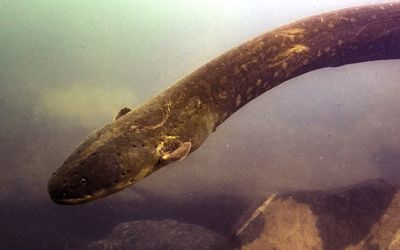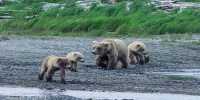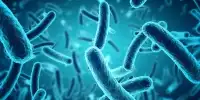If someone tries to get you out of bed during the coldest and rainy season, what is the number one treat that can inspire you to leave your number? A team of researchers recently discovered that it takes sasmi to get the snowflake twist yale out not only from their comfort zone, but from where they can breathe. Played well, Morris. Science-modified-animal-trainers were trying to encourage the species Echidna nebulausa from the water so that they could observe how or why these fish could take solid food from the water.
The divers have been documented scouting out of the water to catch crabs, but what exactly happened to them once they were caught was a mystery. In a new study published in the Journal of Experimental Biology, the Snowflake twist was trained to make their way across the land to catch some raw fish.

Here, they wanted to unveil the process by which a mori could be able to take food in the absence of water and thanks to their unique size it proved to be mostly a show. If you haven’t seen Mimi, Moore Els has two jaws. The second set is known as the pharyngeal jaw and is common in fish, but the twist is really something different.
They are equipped with muscles that are a bit like a bungee-jump cord, meaning the jaw can block the front jaw to catch the prey. Think of the genomorph from the second face of the alien but make it marine. When the researchers ate the Snowflake twist, they found that they were able to pull the food into their mouths using the pharyngeal jaw as a means of transportation.
The jaw’s lungs did not move as fast as they did in the water, but at about the same time it achieved the goal of eating. Lead author Rita Mehta, an associate professor of ecology and evolutionary biology at UC Santa Cruz,said in a statement, “Most fish really need water to feed.” “This is the first example of a fish that can feed on land without relying on water.















